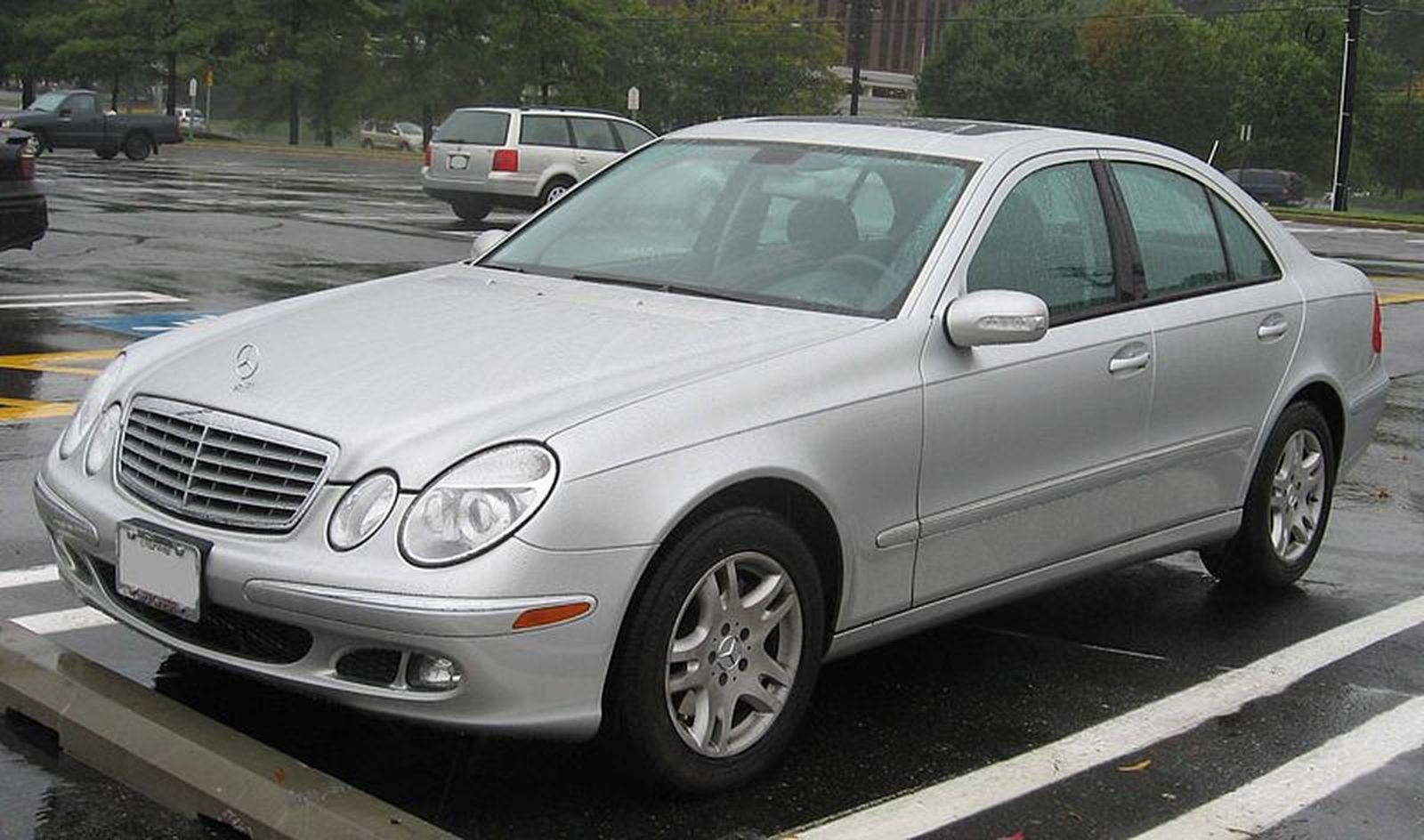Exploring Challenges: Mercedes-Benz E-Class Third Generation (W211; 2002) in the American Market

When Mercedes-Benz unveiled the third generation of its esteemed E-Class, the W211, for the American market in 2002, it marked a new era of luxury, innovation, and performance. However, beneath the opulent exterior and advanced technology of the W211 series lay a series of challenges that influenced the ownership experiences of many across the United States. In this comprehensive analysis, we delve into the intricacies of the Mercedes-Benz E-Class third generation, uncovering the triumphs and tribulations that defined its presence on American roads.
1. SBC Brake System Issues:
One of the most notable issues that plagued the W211 series on the American market revolved around the Sensotronic Brake Control (SBC) system. Mercedes-Benz introduced the SBC system as an innovative electronic brake-by-wire technology aimed at enhancing braking performance and safety. However, the system suffered from reliability issues, including premature wear of brake components, brake fluid leaks, and in some cases, complete brake system failure. The complexity of the SBC system and the high cost of repairs and replacement parts exacerbated the frustration for many owners, raising concerns about safety and long-term reliability.
2. Air Suspension Failures:
The adoption of air suspension technology in certain variants of the W211 series introduced a new set of challenges for American consumers. Owners reported issues such as air compressor failures, air leaks in suspension components, and inconsistent ride quality. The susceptibility of the air suspension system to leaks and component failures not only compromised the comfort and handling of the vehicle but also resulted in costly repairs and maintenance. Despite Mercedes-Benz's efforts to address these issues through recalls and technical service bulletins, the prevalence of air suspension failures underscored the challenges of integrating advanced technology into luxury vehicles.
3. Electrical System Malfunctions:
As with many modern vehicles, the W211 series grappled with electronic gremlins that manifested as glitches and malfunctions in various onboard systems. Owners reported issues ranging from malfunctioning infotainment screens and navigation systems to erratic behavior of climate control and lighting systems. These electrical quirks not only detracted from the overall ownership experience but also raised concerns about the long-term reliability and durability of the vehicle's sophisticated electronic architecture. Despite software updates and technical remedies, the persistence of electrical malfunctions highlighted the complexities of modern automotive engineering and diagnostics.
4. Transmission Problems:
Some owners of the W211 series reported issues related to the automatic transmission, particularly in models equipped with the 7G-Tronic gearbox. Symptoms included rough shifting, hesitation during acceleration, and transmission fluid leaks. These transmission problems not only compromised the driving experience but also raised concerns about safety and reliability. Despite Mercedes-Benz's reputation for engineering excellence, the susceptibility of the W211 series to transmission issues underscored the challenges of integrating advanced transmission technology into luxury vehicles while ensuring robustness and longevity.
5. Rust and Corrosion:
While Mercedes-Benz is renowned for its build quality and corrosion resistance, some owners of the W211 series reported instances of rust and corrosion, particularly in regions with harsh climates or high levels of road salt usage. Areas prone to rust included wheel arches, door sills, and undercarriage components. The appearance of rust not only detracted from the vehicle's aesthetic appeal but also raised concerns about structural integrity and long-term durability. Despite efforts to improve corrosion protection in subsequent model years, the prevalence of rust and corrosion in the W211 series underscored the ongoing challenges of maintaining build quality in modern luxury vehicles.
In conclusion, the Mercedes-Benz E-Class third generation faced a multitude of challenges on the American market, ranging from brake system issues and air suspension failures to electrical malfunctions and transmission problems. While the W211 series continued to captivate drivers with its blend of luxury, innovation, and performance, addressing these challenges proved essential for Mercedes-Benz to maintain its reputation and customer satisfaction. As the automotive industry continues to evolve, addressing these issues will be crucial for Mercedes-Benz to uphold its legacy of engineering excellence and luxury in future iterations of the iconic E-Class lineup.

